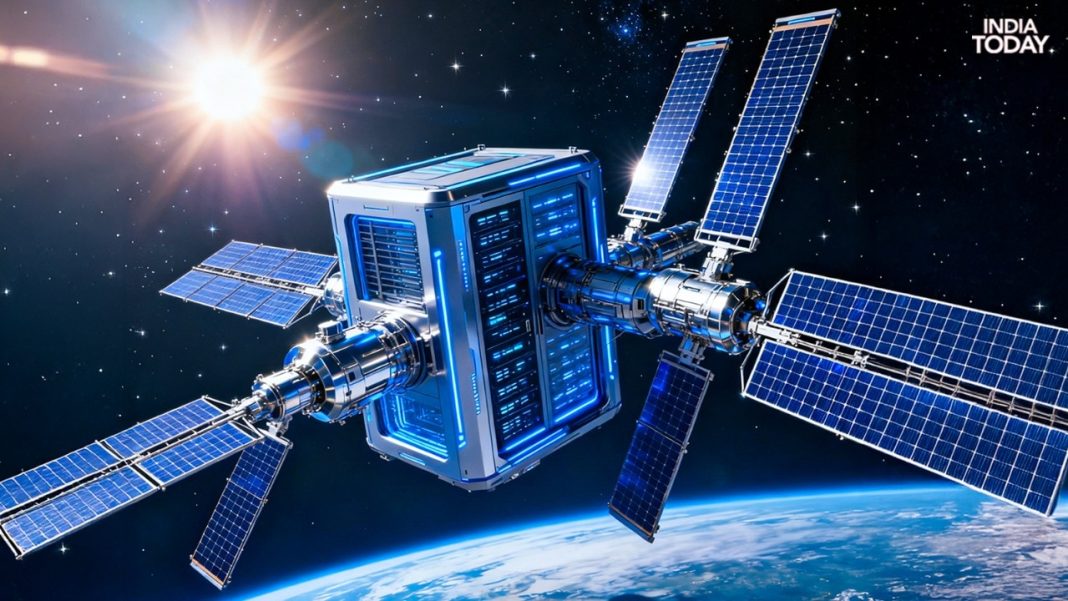Key Takeaways
- Google’s Project Suncatcher aims to launch solar-powered AI data centers into space
- Two prototype satellites with specialised AI chips to be launched by early 2027
- Space-based solar panels can generate up to 8x more power than Earth-based systems
- Could solve AI’s massive energy consumption problem expected to reach 298 GW by 2030
Google has announced an ambitious space initiative called Project Suncatcher that plans to send AI data centers into orbit. The project involves launching solar-powered satellites equipped with the company’s specialised Tensor Processing Units (TPUs) for artificial intelligence workloads.
The Vision Behind Project Suncatcher
Announced by CEO Sundar Pichai, Project Suncatcher envisions compact constellations of interconnected satellites in low-earth orbit. These space-based data centers would be powered almost continuously by solar energy, harnessing the Sun’s enormous power potential.
The Sun emits more energy than 100 trillion times humanity’s total electricity production. Solar panels in the right orbit can produce up to eight times more power than those on Earth while reducing reliance on batteries.
Prototype Launches and Technical Challenges
Google plans to launch two prototype satellites in partnership with Planet Labs by early 2027. These will test the hardware’s durability and performance in space conditions.
Early tests have shown Google’s Trillium-generation TPUs can withstand radiation levels similar to those found in space. However, significant challenges remain including thermal management and ensuring system reliability during missions.
Solving AI’s Energy Crisis
This space-based infrastructure could revolutionise AI computation by offering a nearly limitless, sustainable energy source. As AI demand grows exponentially – expected to consume up to 298 gigawatts globally by 2030 – scaling traditional ground-based data centers is increasingly difficult due to power constraints and environmental impact.
Technical Implementation
Project Suncatcher aims to build modular satellite arrays linked by high-speed free-space optical communication. This technology supports data transfer at tens of terabits per second between satellites.
Maintaining tight formations less than a kilometre apart in orbit presents challenges due to gravity variations and atmospheric drag. However, this proximity is essential for mimicking terrestrial data centre connectivity.
The project follows Google’s tradition of moonshots addressing tough scientific challenges, similar to its pioneering work in quantum computing and autonomous vehicles. By operating beyond Earth’s constraints, this new frontier could unlock AI’s fullest potential while minimising impact on terrestrial resources.
The upcoming prototype launches will be crucial milestones in what could represent a transformative leap for both artificial intelligence and space technology.




